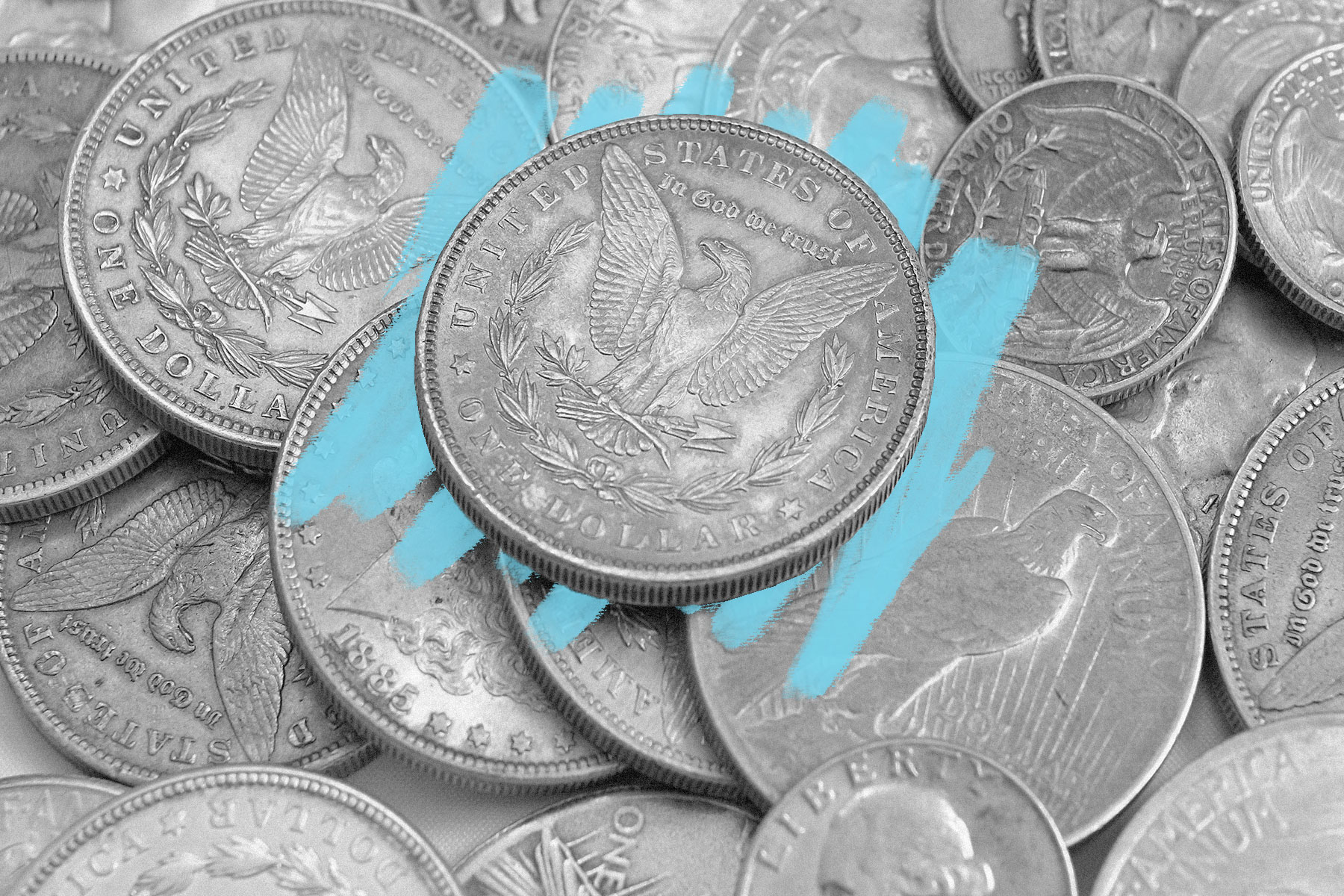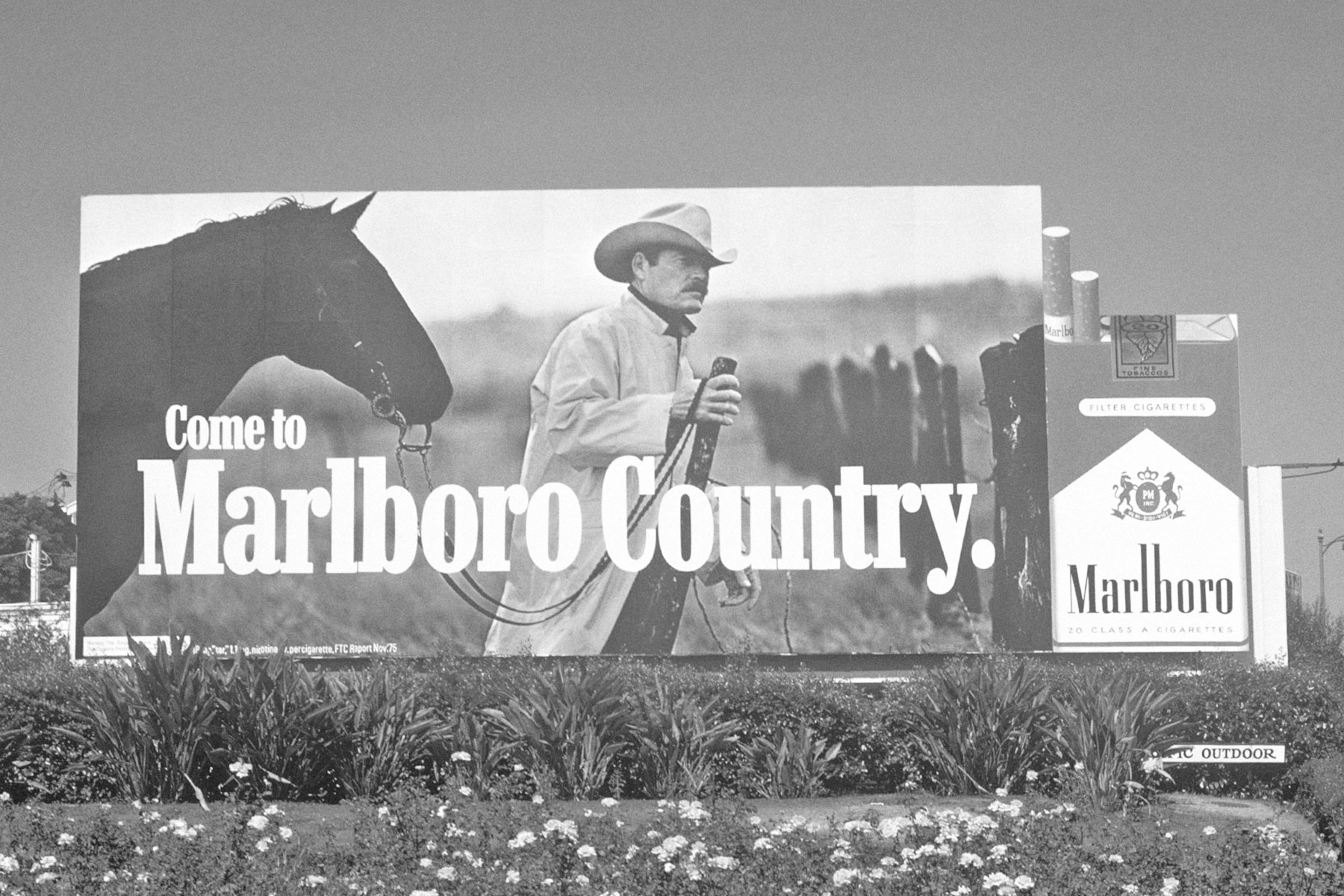| As one of the United States' most prized national symbols, the bald eagle is afforded certain privileges and protections — or at least it has been since habitat loss and DDT left the species teetering on the verge of extinction, with only 417 pairs remaining in 1963. Numbers began to rebound when DDT was banned and the Endangered Species Act was passed in 1973, and eagles were removed from the endangered species list in 2007 — making them one of the act's greatest success stories. You can hardly look at one the wrong way without breaking the law, as the Bald and Golden Eagle Protection Act made it illegal to "take, possess, sell, purchase, barter, offer to sell, purchase or barter, transport, export or import, at any time or any manner, any bald eagle ... [or any golden eagle], alive or dead, or any part (including feathers), nest, or egg thereof" without a permit, which isn't exactly given out freely. |













No comments:
Post a Comment